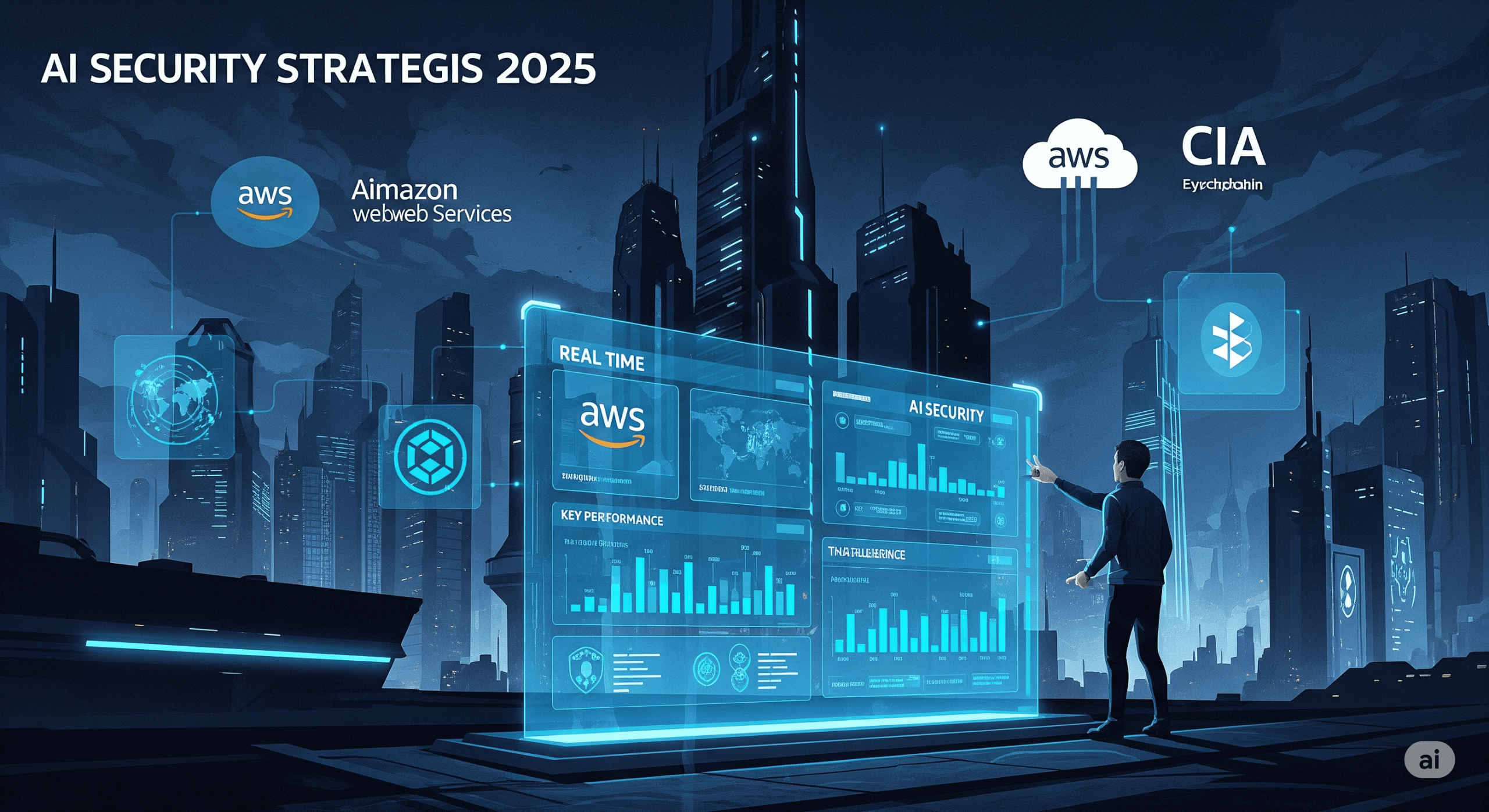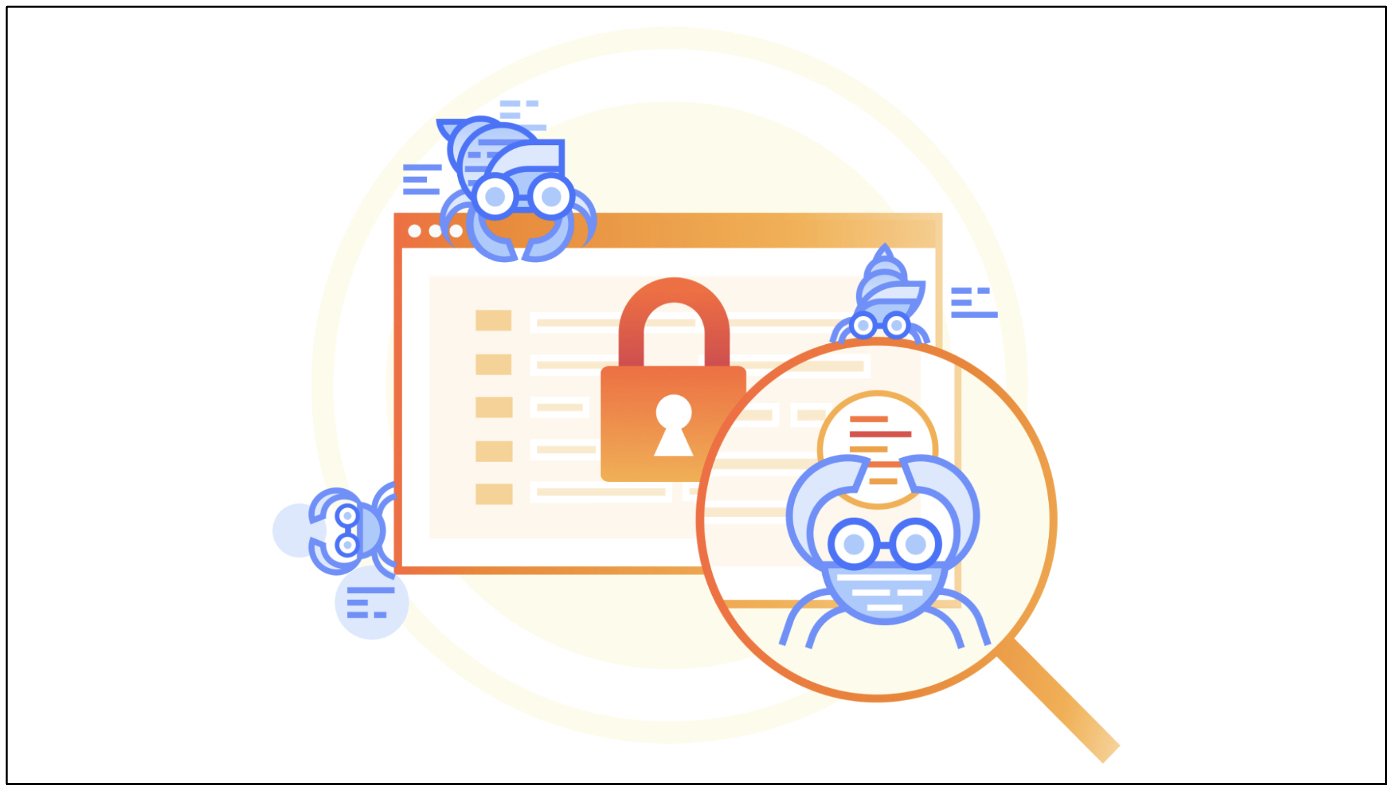Explore cutting-edge AI security strategies from Amazon and the CIA, drawing on key insights from the AWS Summit Washington, D.C. This rephrased article delves into how artificial intelligence is reshaping cybersecurity, threat response, and innovation across public and private sectors, incorporating the latest developments and future trends.
The AWS Summit in Washington, D.C., recently hosted a pivotal discussion on AI security strategies, featuring leaders from Amazon and the CIA. This session highlighted the transformative impact of artificial intelligence on cybersecurity, emphasizing advanced threat detection, proactive response mechanisms, and fostering innovation across government and enterprise landscapes.
Key Themes and Strategic Approaches:
- Leveraging AI for Enhanced Security Outcomes: Both Amazon and the CIA are actively deploying AI to bolster their security postures significantly. Amazon utilizes AI within its application security review processes, training large language models (LLMs) on past security assessments. This approach empowers junior staff with the collective knowledge of senior experts, raising the overall bar for security. The CIA, similarly, is applying AI and machine learning to streamline its accreditation and authorization processes, accelerating the deployment of secure systems. Furthermore, AI is proving invaluable in triaging vast quantities of data, enabling cybersecurity analysts to quickly identify and block suspicious activities, a task that was traditionally manual and time-consuming.
- The Rise of Agentic AI and its Security Implications: A significant shift in the AI landscape is the emergence of “agentic AI” – AI systems capable of taking autonomous actions. While offering immense potential for enterprise automation and executing complex, multi-step workflows, agentic AI also introduces challenges. Ensuring these systems operate within defined contexts and maintain precise actions, especially in sensitive government environments with restricted information, is paramount. Human oversight remains a crucial element to review AI-driven actions and guarantee accuracy and compliance.
- Maintaining Human Oversight in AI Systems: Despite the increasing autonomy of AI, human judgment and intervention are critical. AI models are non-deterministic, meaning they may not produce the same output every time for the same input. Therefore, skilled human professionals are essential to validate AI’s findings and decisions, particularly when actions are to be taken. This human-machine teaming ensures accountability, mitigates risks, and fosters a secure AI adoption framework.
- Workforce Development and Secure AI Implementation: The discussion underscored the importance of workforce development in the age of AI. Organizations need professionals who possess both technological acumen and an understanding of human behavior, capable of critical thinking with incomplete information. Implementing AI securely in enterprise environments requires establishing robust governance frameworks, defining acceptable AI use policies, and continuously tracking AI maturity through key metrics.
Latest Developments and 2025 Cybersecurity Trends:
Beyond the immediate insights from the summit, the broader landscape of AI security is rapidly evolving. Recent developments and projected trends for 2025 include:
- Expanded Cloud Infrastructure for National Security: Amazon Web Services (AWS) is expanding its dedicated cloud infrastructure for US federal agencies with the launch of a new “Secret-West Region” by the end of 2025. This move is set to significantly enhance the government’s capabilities for national security and advanced AI development, building upon AWS’s legacy of supporting highly sensitive government workloads across all classification levels.
- Authorized AI Models for Government Use: AWS has secured federal authorizations (FedRAMP “High” and DoD Impact Levels 4 & 5) for prominent AI models like Anthropic’s Claude and Meta’s Llama within its GovCloud environment. This crucial step enables government agencies to securely leverage these powerful AI tools with highly sensitive and classified information, accelerating innovation in critical missions.
- The Dual-Edged Sword of AI in Cybercrime: While AI enhances defensive capabilities, it also fuels sophisticated cybercrime. In 2025, attackers are increasingly using AI to generate more believable phishing attacks, craft advanced malware that adapts to defenses, and even automate entire attack processes, making cyber threats more potent and scalable. Deepfake technology, for instance, poses significant risks for impersonation and fraud.
- Proactive Defense with AI: On the defensive front, AI is becoming indispensable for advanced threat detection, anomaly identification, and automating incident response. Organizations are integrating AI-powered predictive analytics to identify vulnerabilities before they are exploited, shifting from reactive to proactive security postures.
- Addressing “Shadow AI” and Data Security: The proliferation of unsanctioned AI models within organizations, known as “shadow AI,” presents significant data security risks. A critical trend for 2025 is the imperative for clear governance policies, comprehensive employee training, and robust detection mechanisms to manage these rogue AI deployments. Furthermore, securing AI models and the vast datasets they consume is paramount, with a growing emphasis on using synthetic data for training to protect privacy and mitigate data exposure risks.
The ongoing collaboration between technology leaders like Amazon and national security entities such as the CIA underscores a shared commitment to harnessing AI’s potential while rigorously safeguarding against its misuse in an increasingly complex digital world.
Relevant Links:
- AI security strategies from Amazon and the CIA: Insights from AWS Summit Washington, DC
- Amazon expands secret cloud to advance AI and strengthen US national security – Varindia
- Claude, Llama can now be used with highly sensitive data in Amazon’s government cloud – FedScoop
- The CIA Is Exploring Human-Machine Security Teaming – FedTech Magazine
- 7 AI Cybersecurity Trends For The 2025 Cybercrime Landscape – Exploding Topics
- AI in Cybersecurity: How Businesses are Adapting in 2025 – Coursera
- Cybersecurity trends: IBM’s predictions for 2025
- Top Cybersecurity Trends in 2025: 9 Trends to Watch – Splunk



